How often do we drive away from our thoughts only to get arrested in them again?
Sometimes, while staring out the window, watching a squirrel play on a tree branch, we zone out not out of boredom, but because our minds need an escape.
That moment where you're physically present but mentally nowhere that’s dissociation. It’s not always dramatic. Sometimes it’s quiet, invisible, even functional.
But when it starts hijacking your ability to stay present and emotionally aware, it's time to reconnect with yourself.
What is Dissociation
Dissociation is a mental process where a person disconnects from their thoughts, feelings, memories, or sense of identity. It’s often the brain’s way of coping with overwhelming stress or trauma by creating distance from painful experiences.
This can feel like zoning out, losing track of time, feeling emotionally numb, or even watching yourself from outside your body.
While occasional dissociation is normal, frequent or intense episodes can impact daily life and emotional awareness. It’s not about being “broken” it’s a survival response. Recognizing it is the first step toward grounding and reconnecting with the present moment.
How To Stop Dissociating
Some mindful grounding techniques can help you pause dissociation and get a better grip on your present moment.
Sometimes, the mind drifts off like it’s on a different planet while the body stays stuck in a meeting, traffic jam, or everyday conversation. This kind of disconnect is dissociation, and it often feels like numbness, mental fog, or emotional detachment. Grounding techniques are simple, practical tools that gently pull you back to the here and now. They help you reconnect with your senses, your body, and your emotions breaking the loop of disconnection.
Let’s explore 10 grounding methods that are easy to try, blend into daily life, and genuinely make a difference.
1. Name What You See, Hear, Feel
When dissociation begins, your surroundings can feel unreal or distant. A simple yet effective method to bring yourself back is by naming your environment.
Start by quietly or verbally identifying things you see a light switch, a shadow, the pattern on the floor. Then move to what you hear, like birds outside or the hum of a fan.
Finally, tune into physical sensations your feet on the ground, the fabric against your skin, the pressure of your seat.
This naming practice forces your attention outward, helping break the spiral of inward disconnection. It also reintroduces familiarity and safety by engaging your senses, gently calling you back to reality. It’s particularly helpful during long meetings, commutes, or moments when emotions start to numb. Think of it as a way to rebuild your awareness, piece by piece.
2. The 5-4-3-2-1 Technique
This sensory-based exercise gives structure to your grounding. It uses all five senses in a countdown format:
-
5 things you can see
-
4 things you can touch
-
3 things you can hear
-
2 things you can smell
-
1 thing you can taste
When dissociation clouds your awareness, this technique creates a calming rhythm. It brings the mind out of emotional fog and anchors it in tangible, present-moment details. Let yourself pause at each step.
See the objects in front of you. Feel the texture of your clothing. Listen for background noise you may have tuned out.
It’s not about rushing through a checklist; it’s about gently waking up your nervous system and rejoining your body and surroundings.
3. Cold Water or Ice Trick
Temperature is a powerful tool when your mind feels far away. Splashing cold water on your face or holding an ice cube sends a clear message to your nervous system.
The sudden shift in sensation snaps you into awareness without words. It's especially useful when you feel frozen or stuck in a loop.
Hold the ice cube in your palm and focus on its texture, the sting, and the wetness as it melts. If you're at work or on the go, placing a cold water bottle on your wrists or splashing water in the bathroom works too.
4. Ground Through Movement
Moving your body reminds your brain where you are. You don’t need a full workout; just get up, stretch, wiggle your toes, or pace the room slowly.
Even small, deliberate movements like turning your neck or massaging your hands can bring you back. Focus on how your muscles feel as they move, how your feet hit the ground, and how your arms stretch.
Walking barefoot, especially on grass, carpet, or tiles, gives a sensory boost through the soles of your feet. Movement reconnects body and mind, disrupts mental fog, and reassures you that you are present. If you can dance to music or sway side to side with deep breathing, even better.
5. Use Texture and Touch
Keeping a grounding object nearby is a simple and reliable way to stay connected. This can be a smooth pebble, a textured ring, a rubber band, a fabric square, or even a piece of jewelry.
When you feel like you are detaching, hold the object and notice its shape, edges, and temperature. Rub your thumb across it. Press it between your fingers. Let it act as a quiet reminder: You are here.
This technique is great for public places where you need to stay subtle classrooms, meetings, and social gatherings. For many, touch is a fast route to presence because it’s tangible and sensory-rich. You can switch up objects depending on your mood or environment. Some even scent their objects lightly with essential oils to add another layer of awareness.
6. Breathing with Intention
Dissociation often messes with your breathing. You might notice you are shallow-breathing or even holding your breath entirely.
Reintroducing steady, intentional breathing is a way to calm your body and regulate your thoughts. Try breathing in for 4 seconds, holding for 7, and exhaling for 8 or simply take slow, full inhales and exhales while counting.
7. Describe a Safe Memory or Imagery
Sometimes, dissociation comes from feeling unsafe in the present moment. When that happens, it helps to mentally visit a place that felt safe, warm, or calm.
This could be your grandmother’s kitchen, a childhood treehouse, or a favorite vacation spot. Close your eyes and recall every detail: the colors, the smells, the texture of the floor, and the sounds in the background. Imagine sitting there, breathing there.
This mental imagery technique helps you access emotional regulation by tapping into a memory that reminds your brain what peace feels like.
8. Speak to Yourself Kindly
When you dissociate, your mind can get critical - Why am I like this? or What’s wrong with me? But what you need is kindness, not correction. Say grounding affirmations out loud or in your head:
-
I am safe.
-
I can get through this.
-
This will pass.
Self-talk reinforces that you are not powerless, you are aware and capable. It gives your inner child (or panicked adult) the reassurance it needs. Repeat as needed, without judgment.
9. Follow a Routine Task
When dissociation clouds your awareness, everyday tasks like brushing your hair, making tea, folding clothes, and washing dishes can help re-anchor you. These actions are repetitive and familiar, which gives your brain a sense of control.
This keeps your focus tied to what’s happening now, not what your brain is trying to escape to.
10. Journal in Real Time
Writing is a bridge between what’s happening inside and what’s happening around you. When you feel yourself slipping into dissociation, open a notebook or your notes app and write exactly what’s going on. “I feel far away. My legs are cold. The clock is ticking. I don’t feel present, but I’m still writing.”
The act of writing builds self-awareness and keeps you actively engaged with reality. Over time, it can also help you track patterns and triggers, which is useful for healing in the long term. Journaling is a private, nonjudgmental way to stay close to yourself, even when you feel distant.
11. Use Wellness & Relaxation Device
In the rush of daily life, even simple grounding techniques can feel out of reach. That’s where wellness tools like the neuroVIZR can help bridge the gap. Just a 10-minute session with this device can help you recenter and channel your mental energy. The neuroVIZR is a non-invasive, psychoactive technology that uses light and sound stimulation to gently guide your brain into a more balanced, present state. It mirrors the effects of traditional mind-expanding practices, like breathwork or even psychedelics, but without any chemical input.
By stimulating your brain’s natural plasticity, neuroVIZR encourages your mind to adapt, rewire, and grow.
When you feel detached, emotionally numb, or disconnected from reality, neuroVIZR offers a gentle, science‑backed way to bring yourself back to presence. Designed as a non‑invasive light‑and‑sound stimulation device, it works alongside grounding practices to gently reawaken your connection to your body and mind.
How It Helps:
-
Light & sound sessions to entrain brainwaves toward grounding states (alpha, theta)
-
Short guided protocols (around 10–11 minutes) for emotional regulation and sensory reconnection
Real-time tactile or visual feedback to gently remind your system: “You are here, you are safe.”
Embrace Grounding to Overcome Dissociation!
Grounding isn’t about forcing calm. From sensory check-ins to mindful movement, each technique is a small act of self-rescue. And when life feels too fast to keep up, even a short 10-minute reset can make a difference. That’s where today’s non-invasive wellness tools come in using light and sound to stimulate presence, clarity, and balance. Technologies like neuroVIZR offer a modern approach to mental wellness, helping your mind refocus without medication or deep effort. In a busy world, finding stillness doesn’t have to be a struggle.
Explore the experience. Feel the shift. Explore neuroVIZR now →
Disclaimer: neuroVIZR is a wellness device created to promote relaxation, focus, and overall brain wellness. It is not a medical device, does not provide diagnoses, and is not intended to treat, cure, or prevent any medical condition. The device is not suitable for individuals with epilepsy. Experiences and results may vary from person to person.



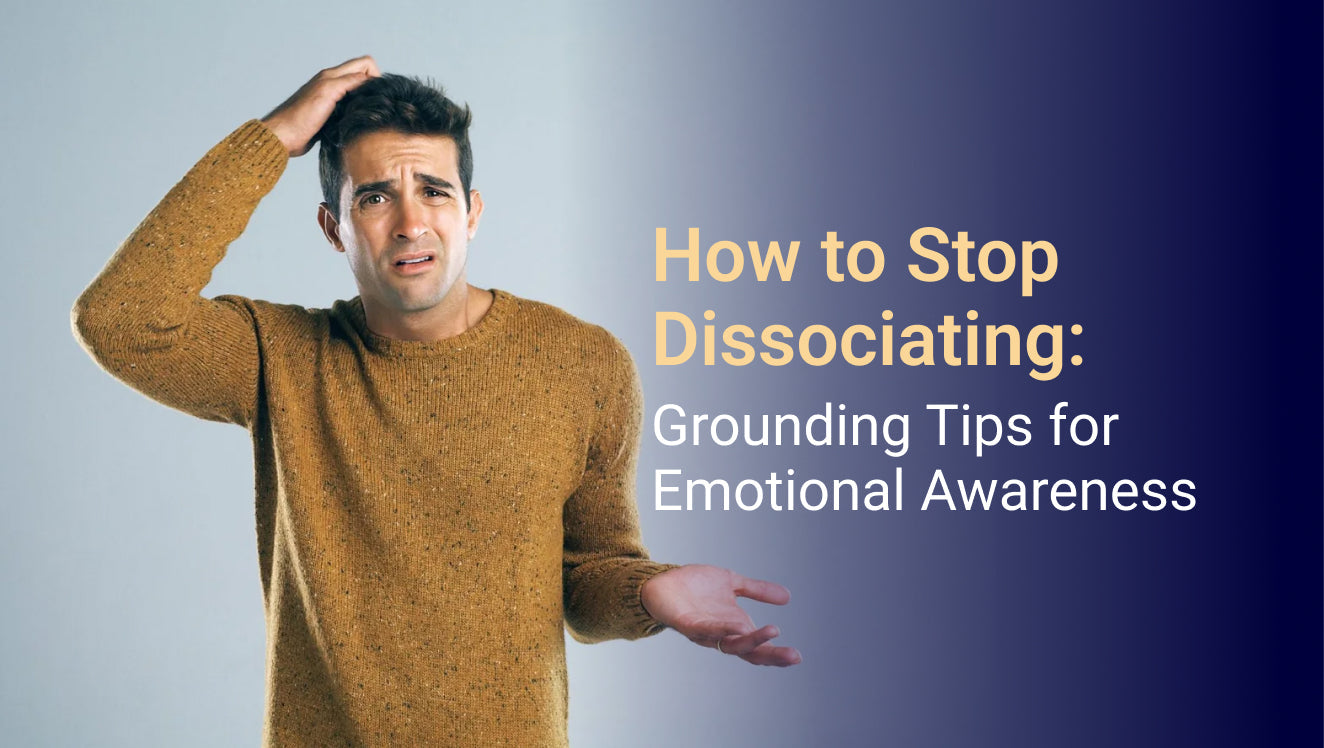


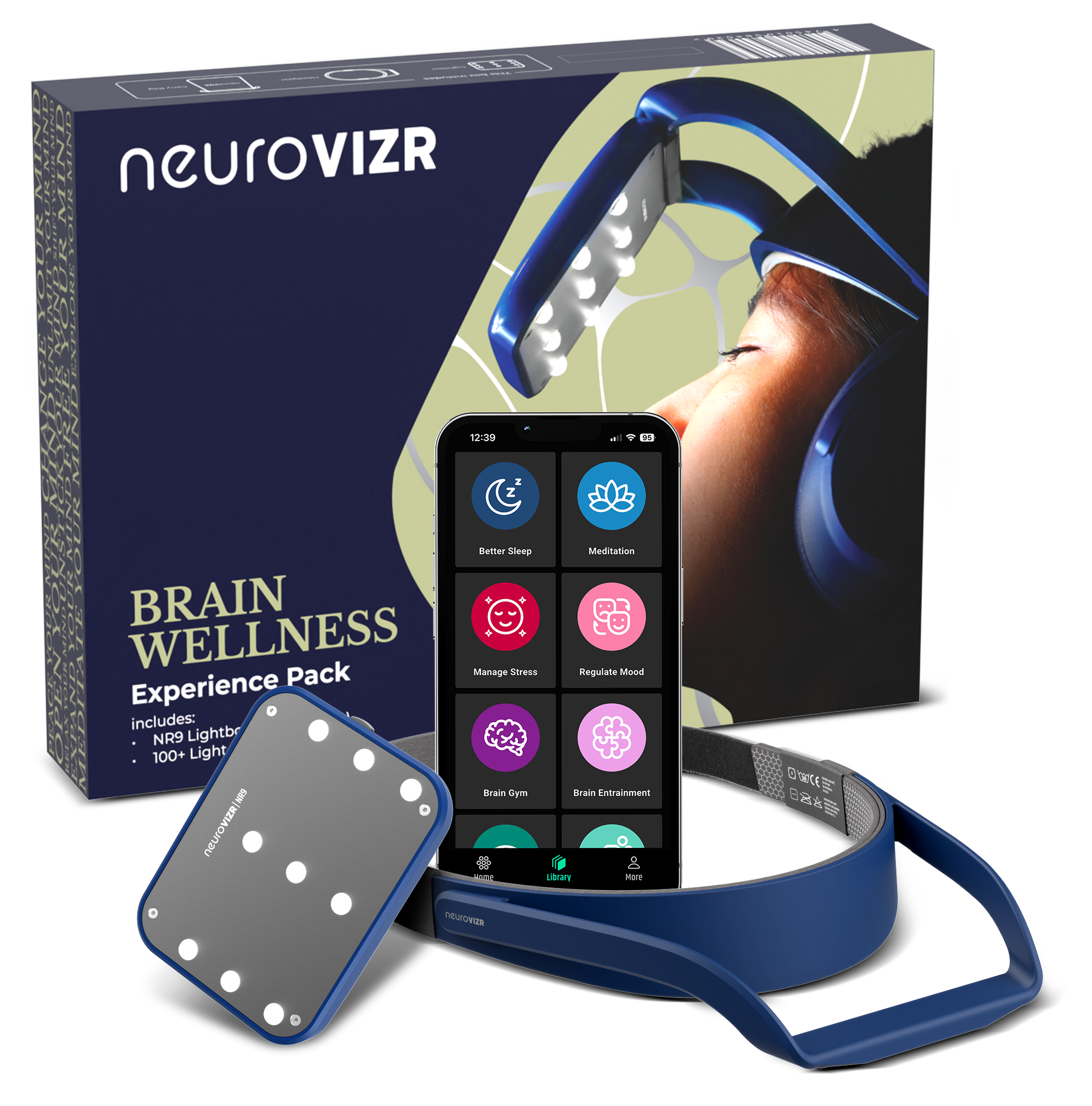


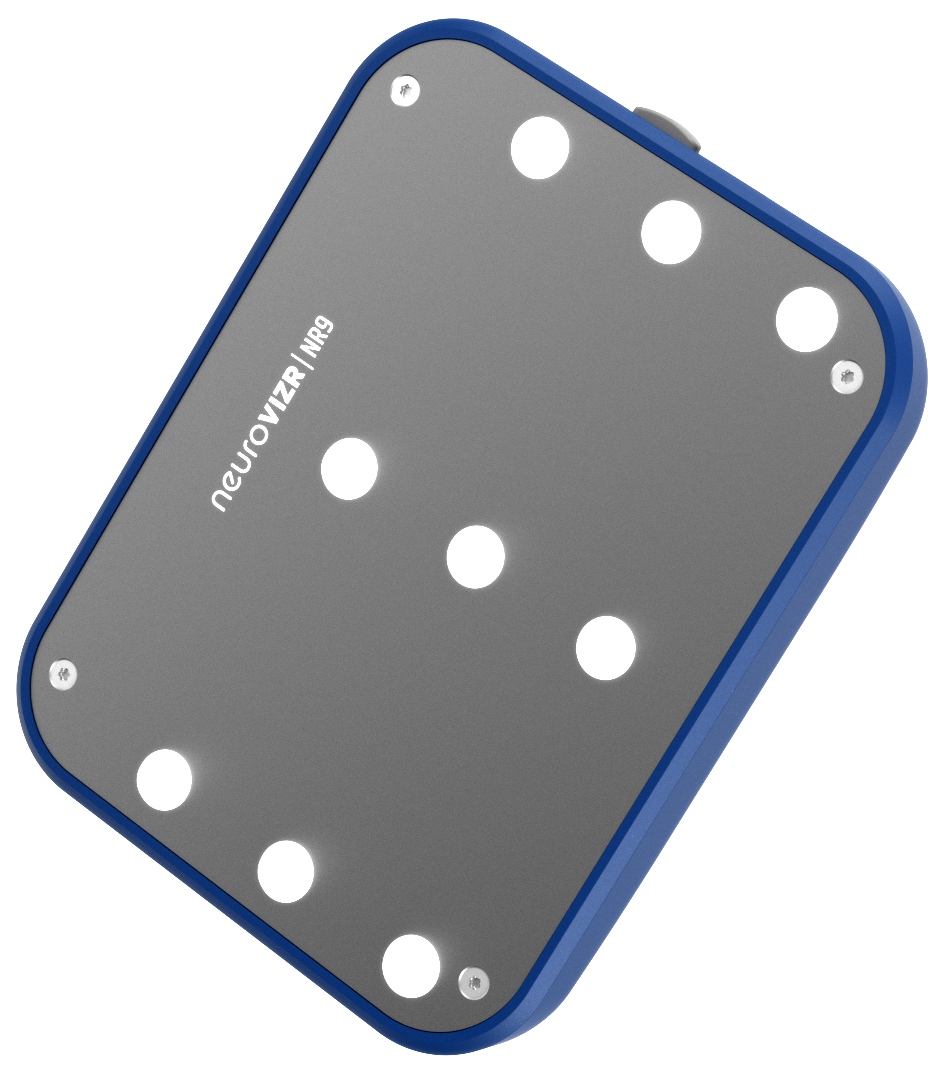
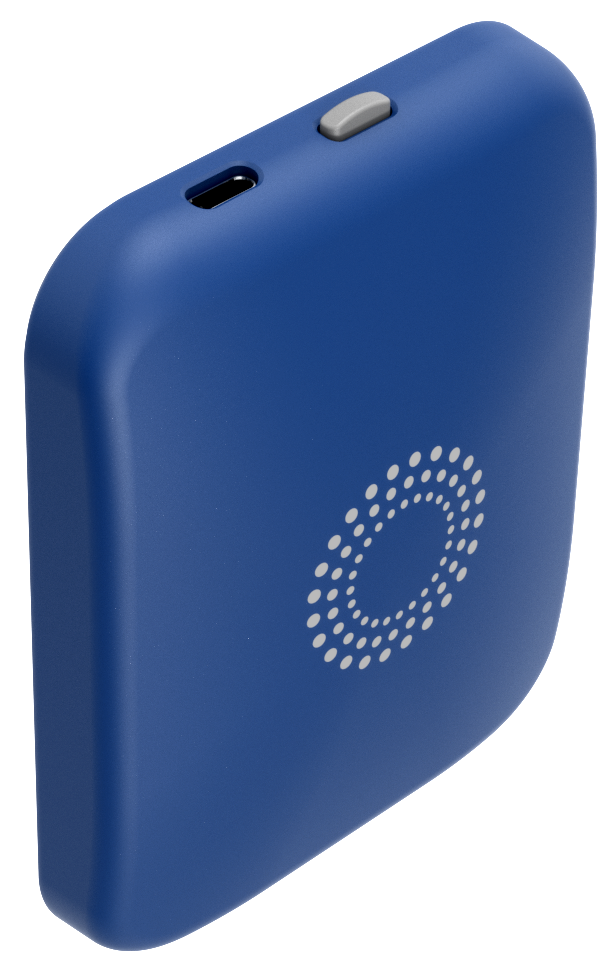
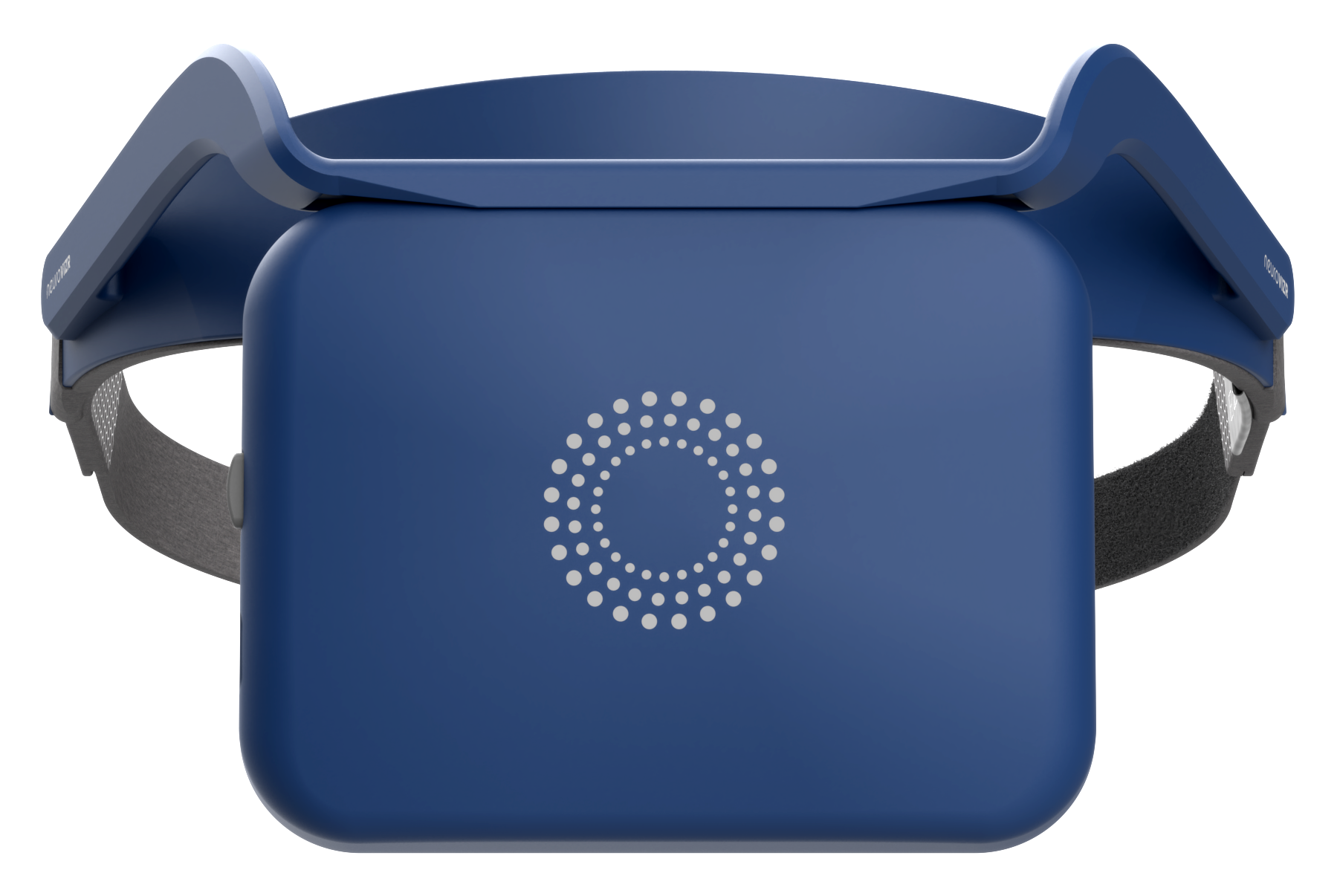
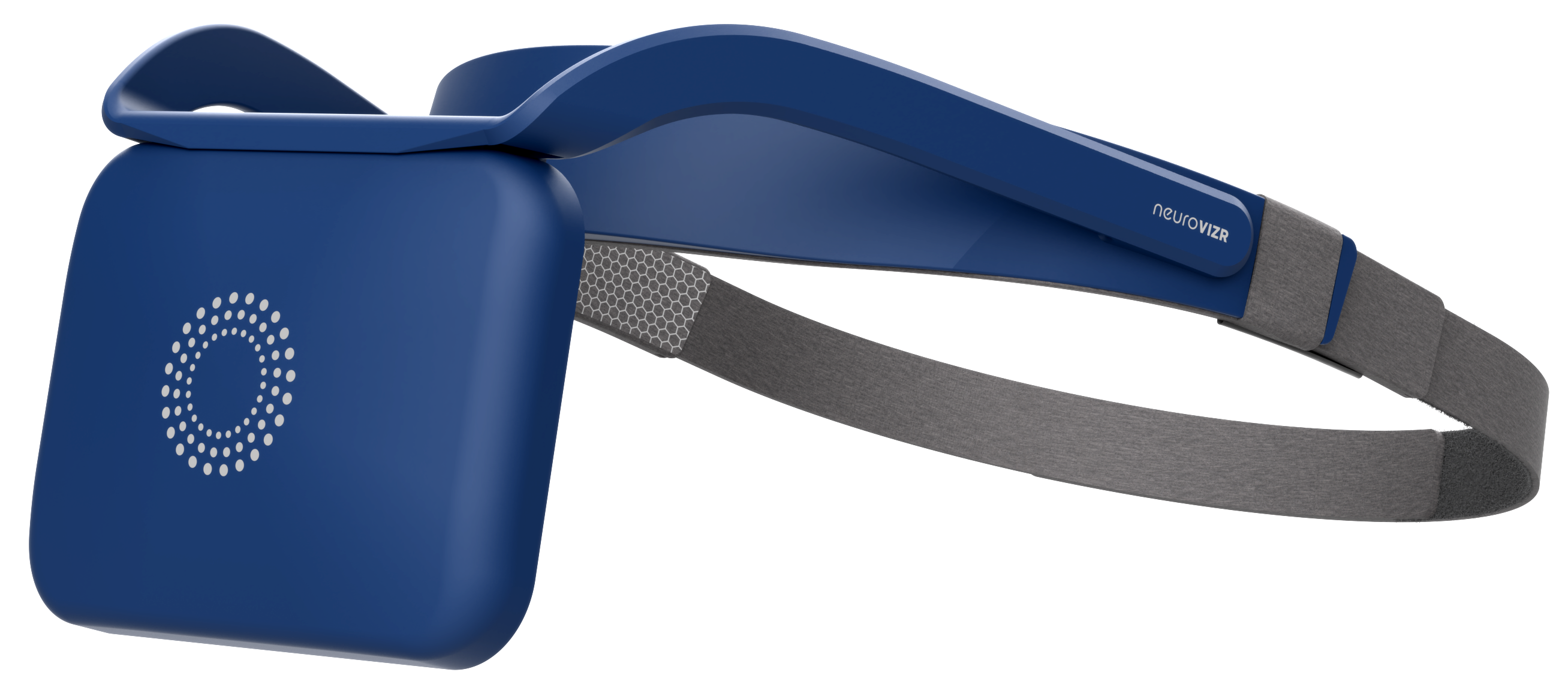
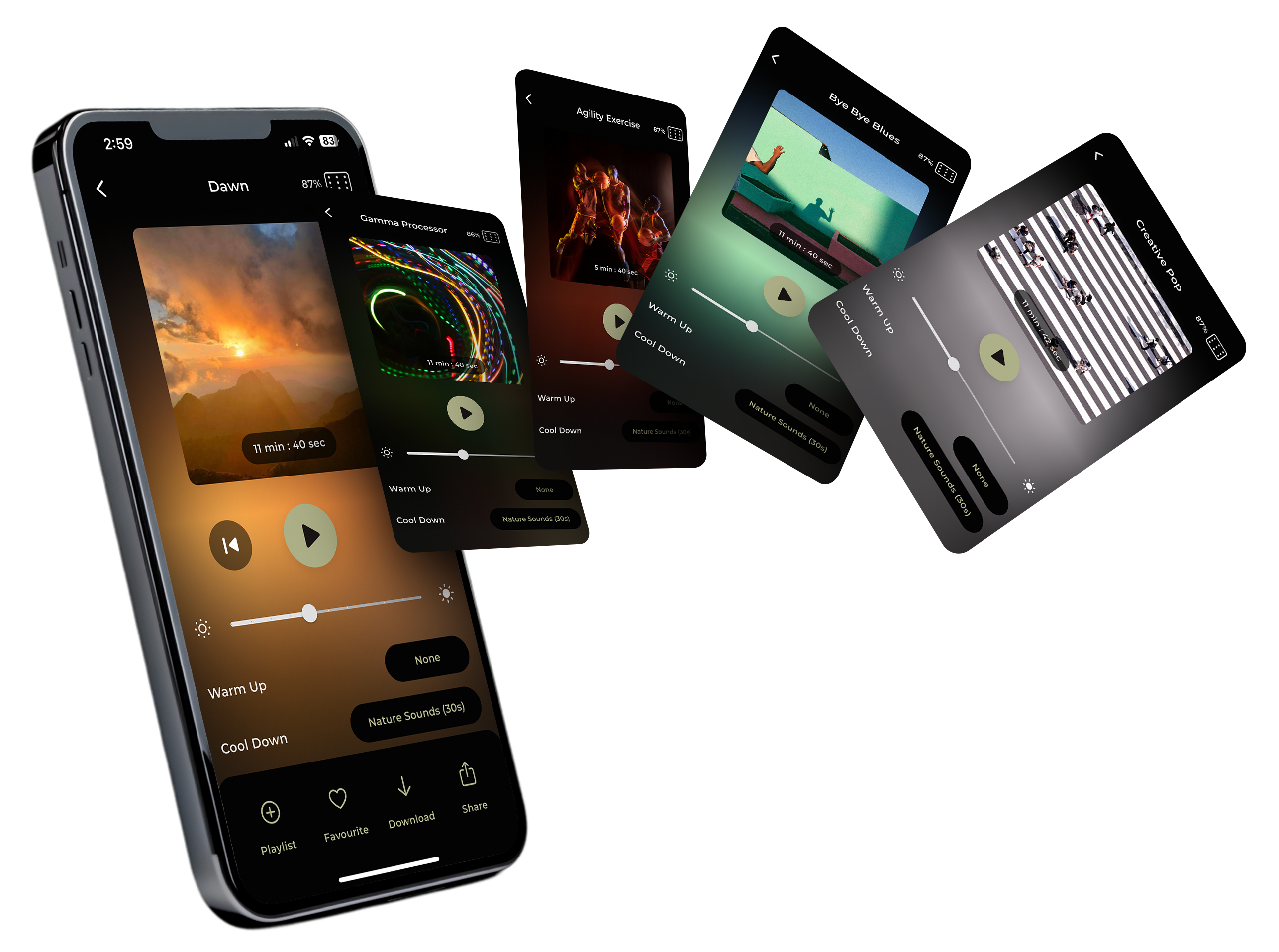
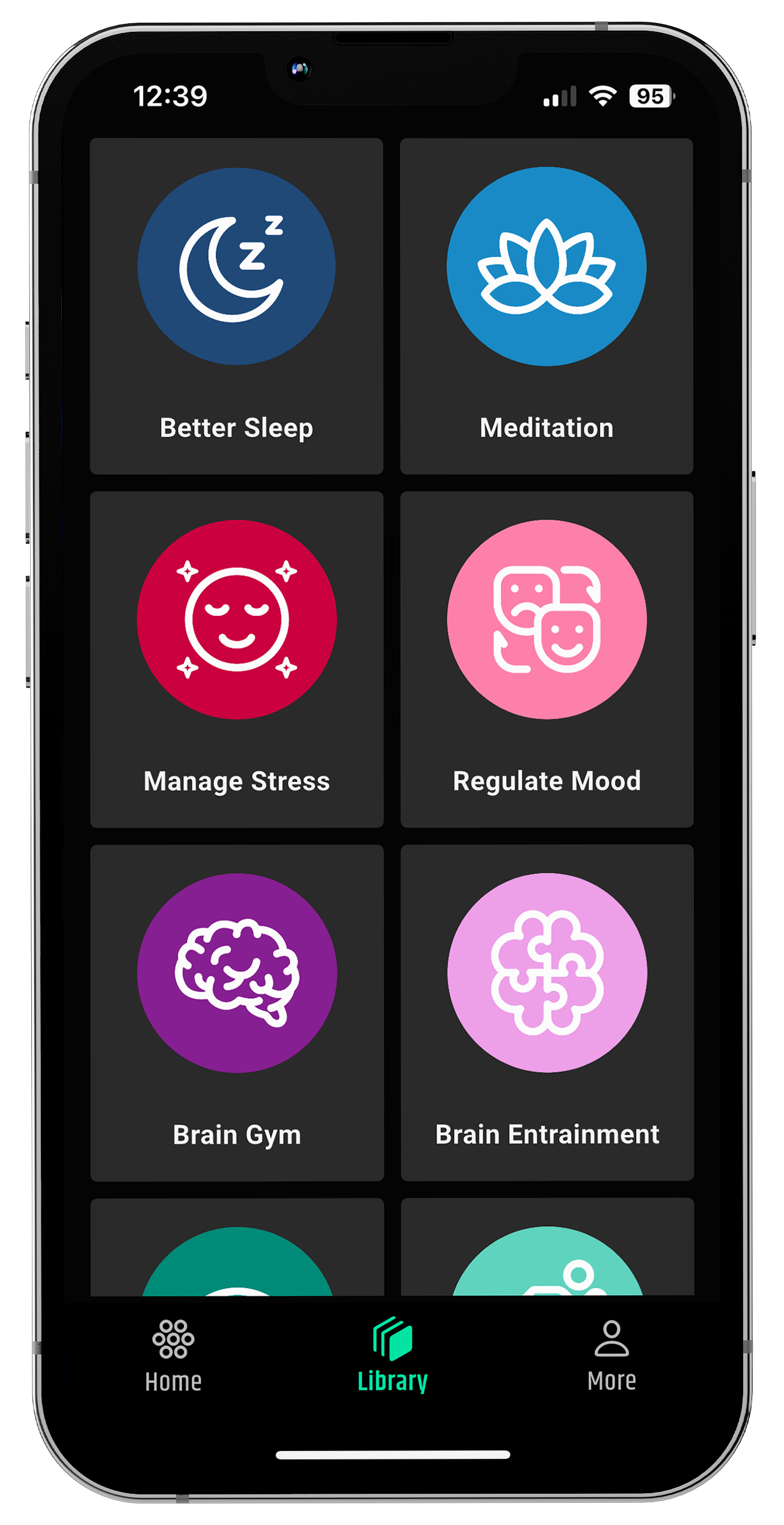
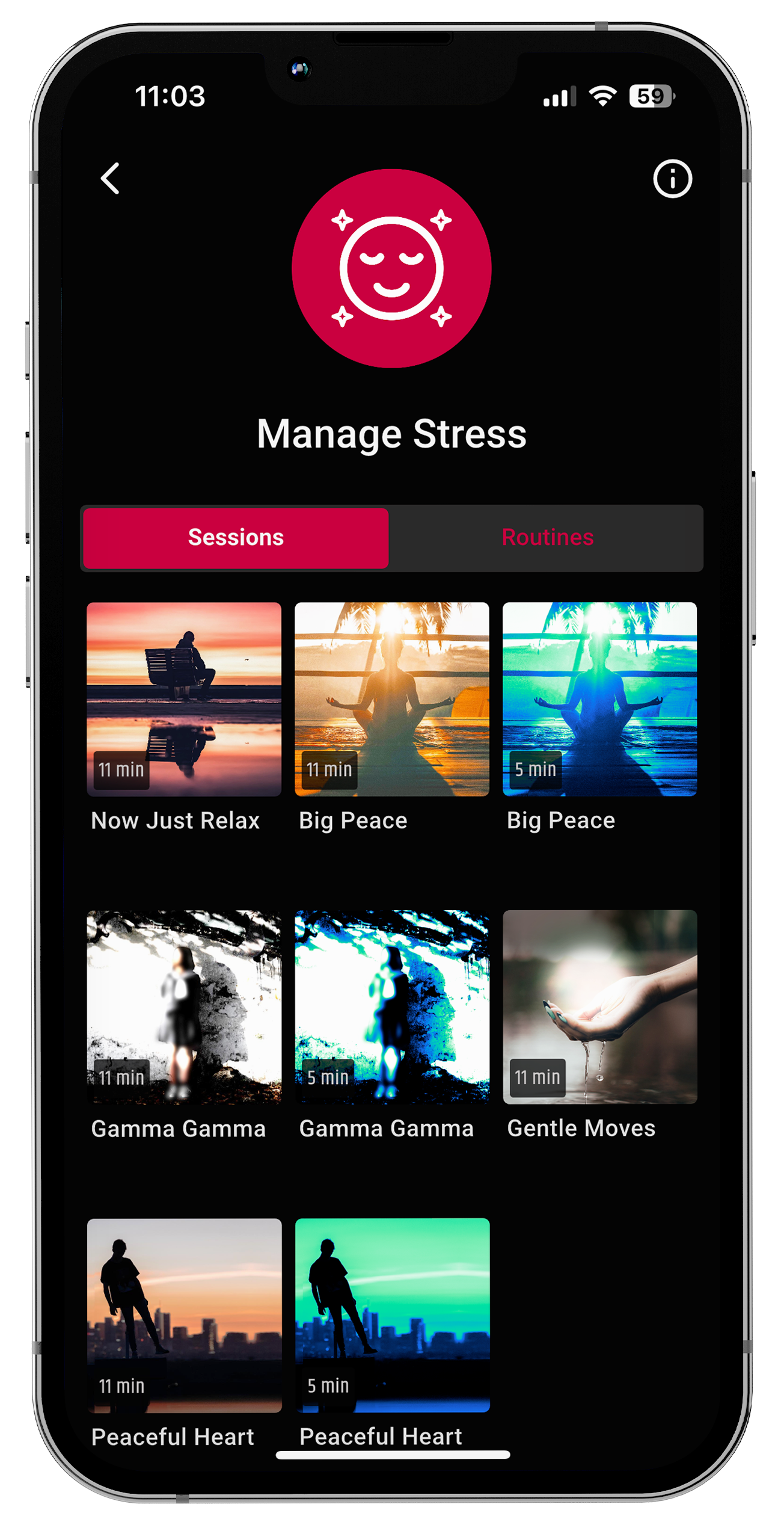
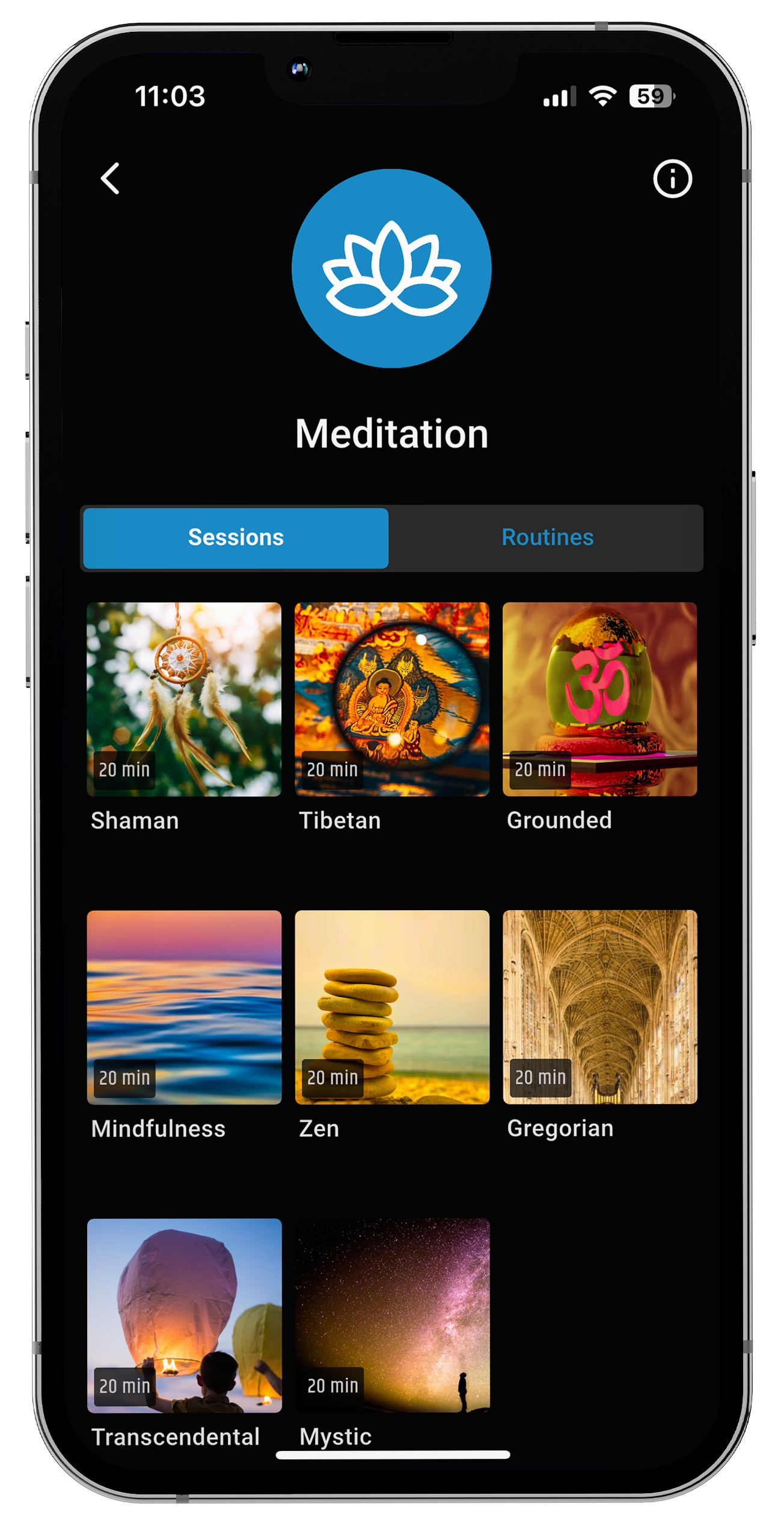
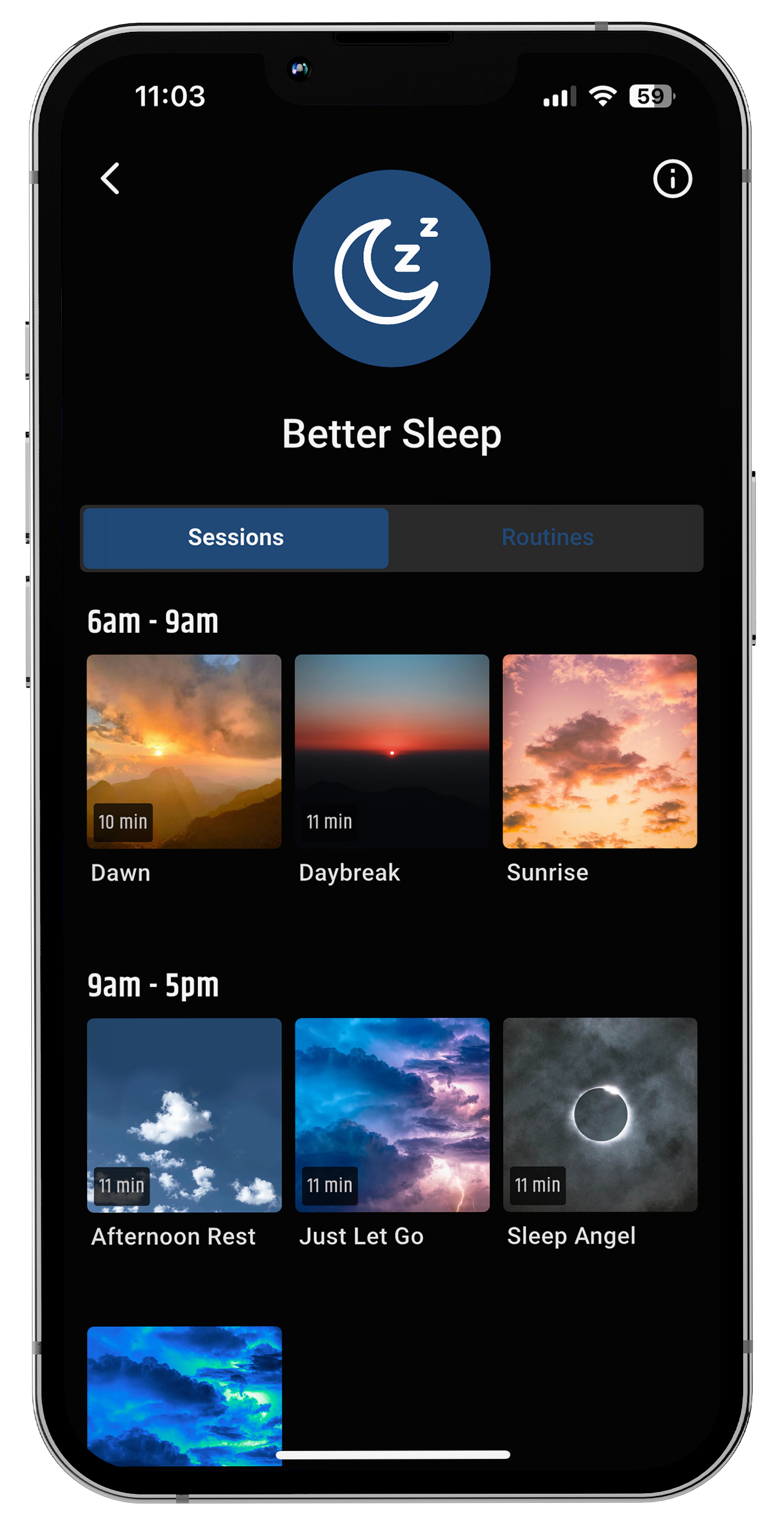
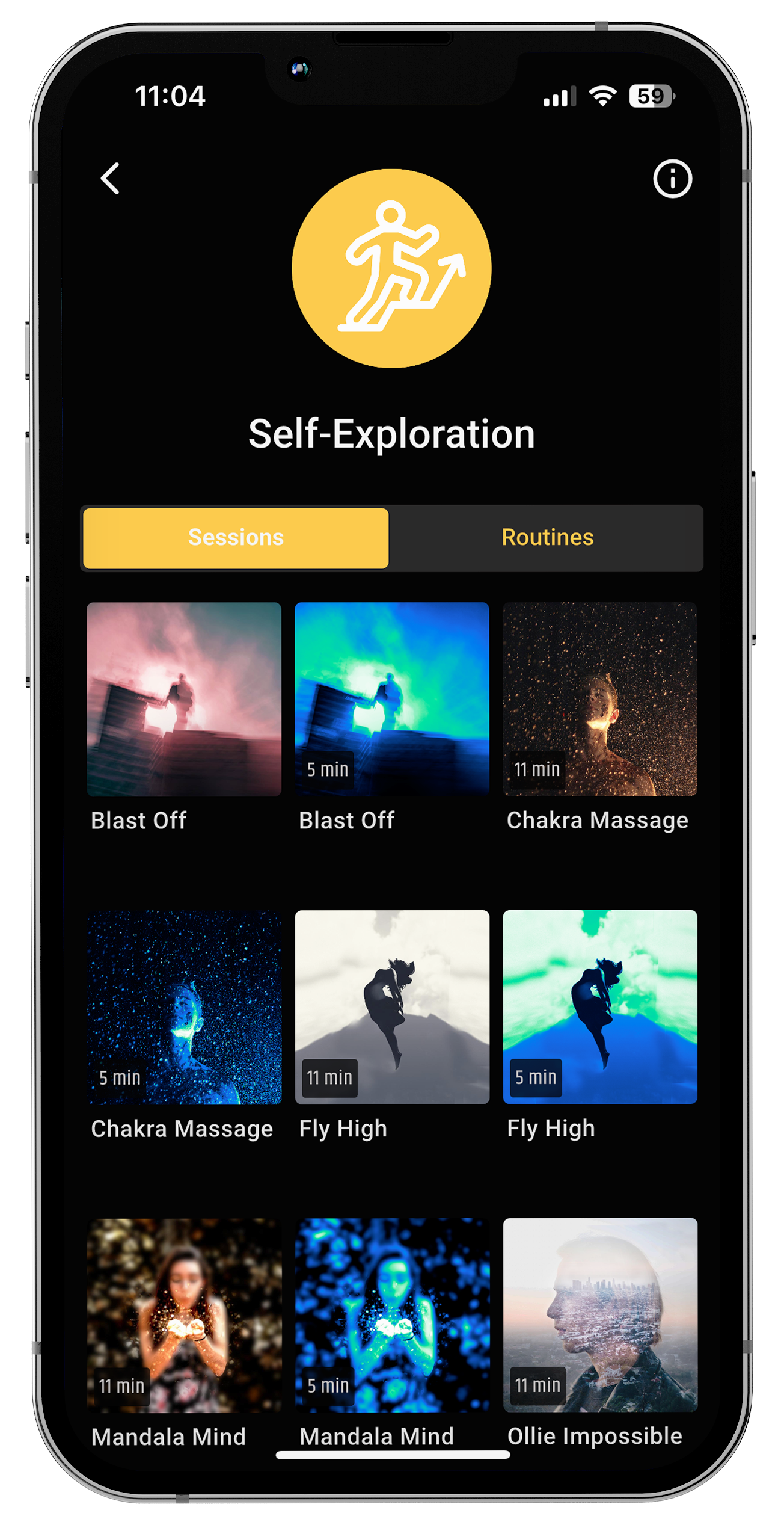
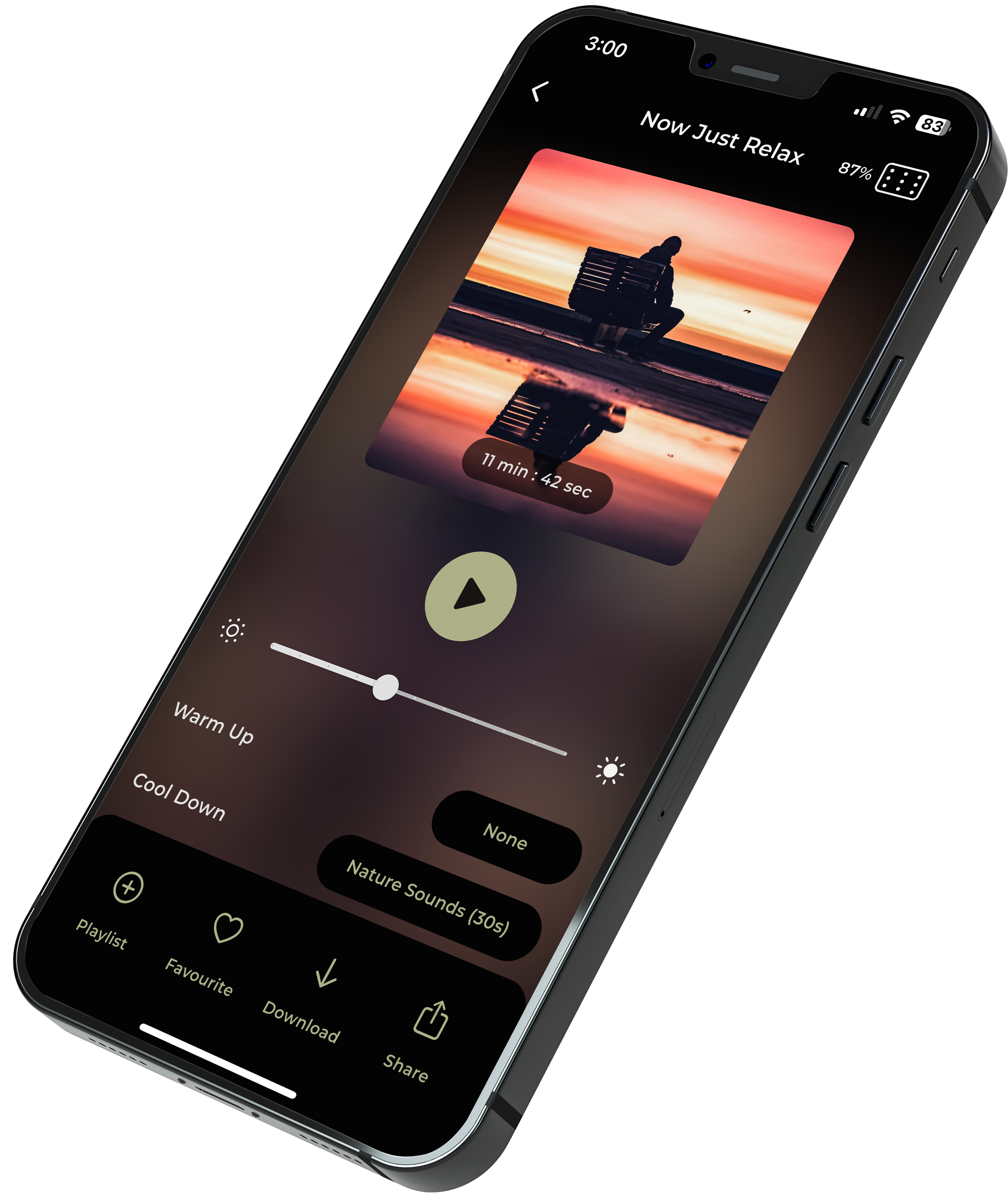


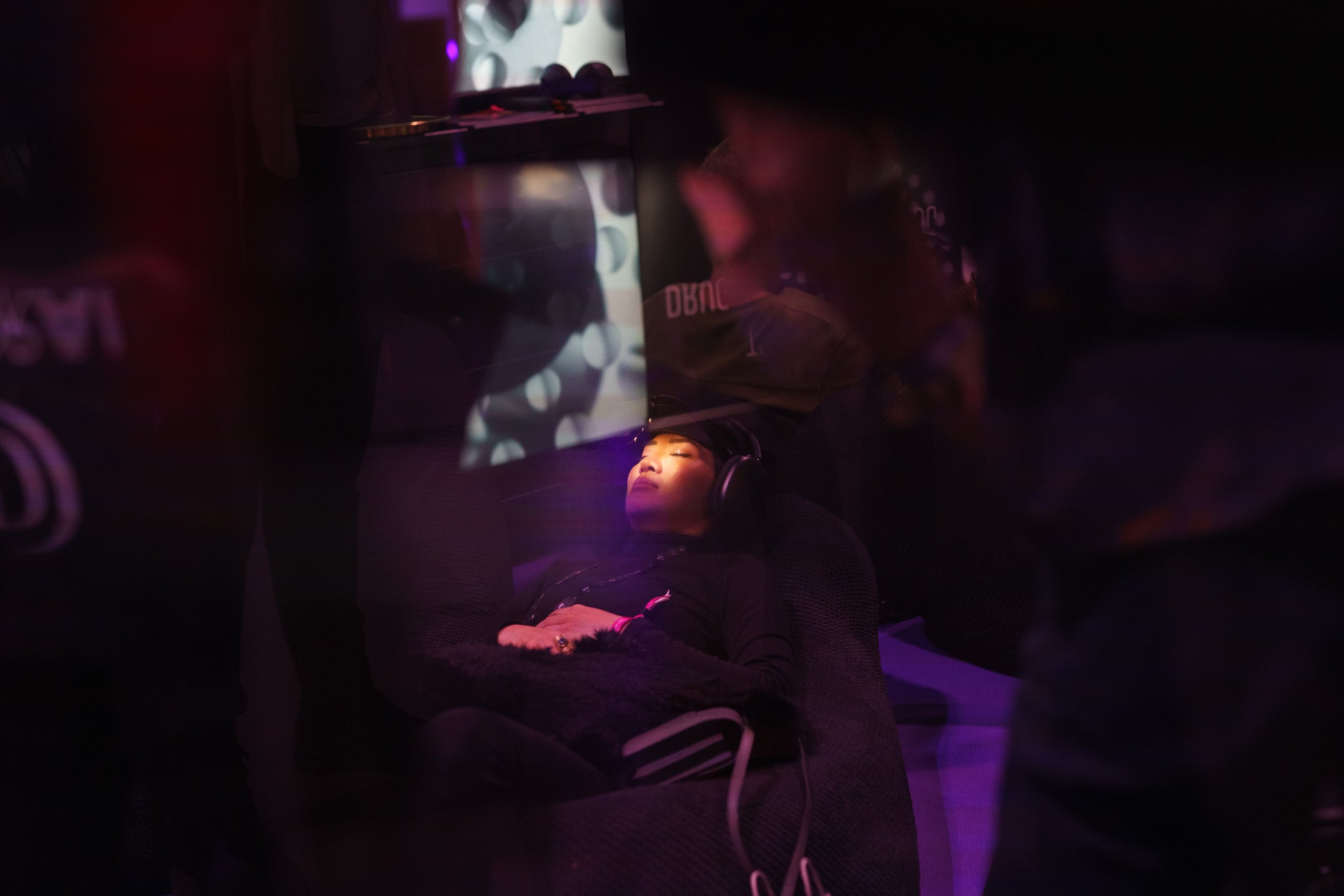




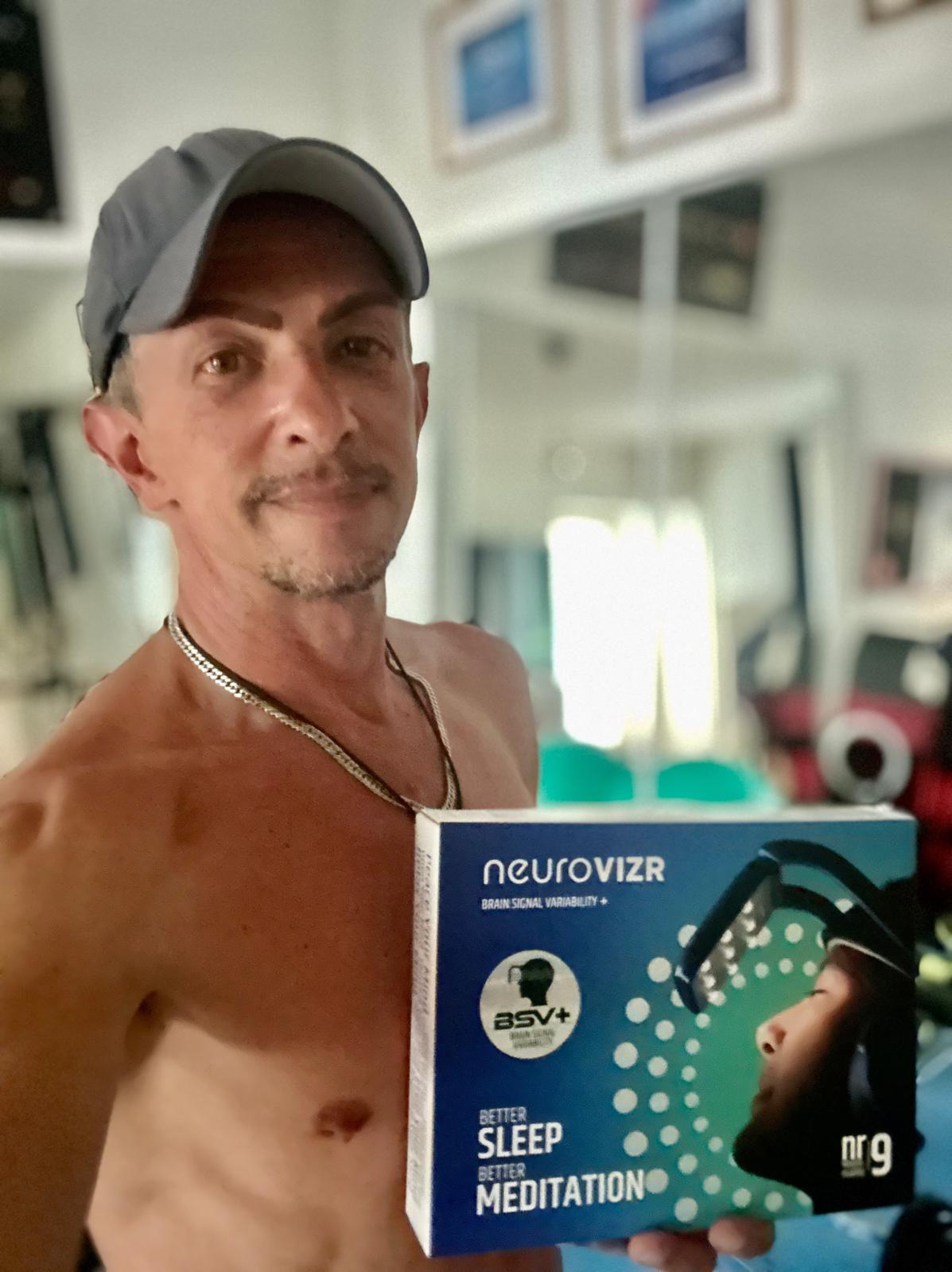
Share:
How to Use the Wheel of Fortune as Feelings in Daily Life
How to Boost Creativity Using Light and Sound with neuroVIZR